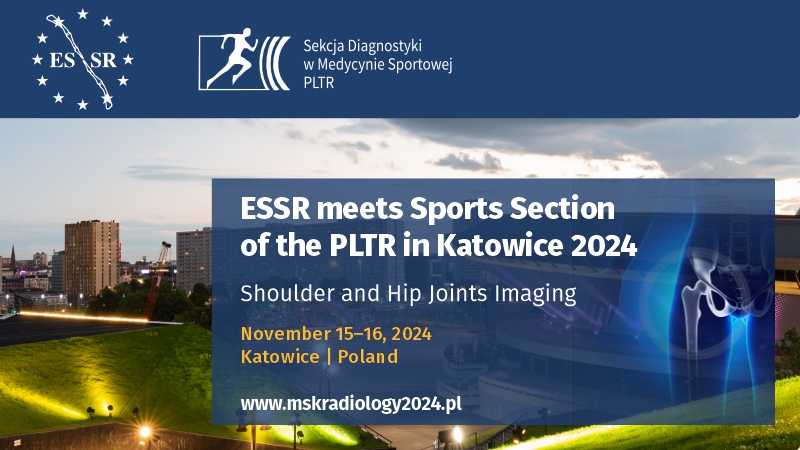Management of carotid stenosis. History and today
Małgorzata Szczerbo-Trojanowska, Tomasz Jargiełło, Anna Drelich-Zbroja
 Affiliation and address for correspondence
Affiliation and address for correspondenceInternal carotid stenosis constitutes a significant clinical challenge, since it is the cause of 20–25% of ischemic brain strokes. The management of the internal carotid stenosis for many years has been raising controversies amongst neurologists, vascular surgeons and interventional radiologists mainly due to the introduction of endovascular stenting as an alternative to surgical treatment. Its application, however, requires knowledge of specific selection criteria for this kind of treatment as well as of the methods of monitoring patients after stent implantation into the internal carotid artery. Duplex Doppler ultrasound examination is currently a basis for the diagnosis of the arterial stenosis of precranial segments of the carotid arteries. It allows a reliable assessment of not only the course and morphology of the walls, but also of the hemodynamics of blood flow. Interventional treatment is applicable in patients with internal carotid stenosis of ≥70%, which is accompanied by an increase of the systolic flow velocity above 200 cm/s and the end-diastolic velocity above 50–60 cm/s in the stenotic lumen. In most cases, such a diagnosis in duplex Doppler ultrasound examination does not require any confirmation by additional diagnostic methods and if neurological symptoms are also present, it constitutes a single indication for interventional treatment. When deciding about choice of surgical or endovascular method of treatment, the following factors are of crucial importance: morphology of atherosclerotic plaque, its size, echogenicity, homogeneity of its structure, its surface and outlines. By means of ultrasound examinations, patients can be monitored after endovascular stent implantation. They enable evaluation of the degree of stent patency and allow for an early detection of symptoms indicating stenosis recurrence or presence of in-stent thrombosis. When interpreting the findings of the US checkup, it is essential to refer to the initial examination performed in the first days after the procedure and the next ones conducted during the monitoring period.







